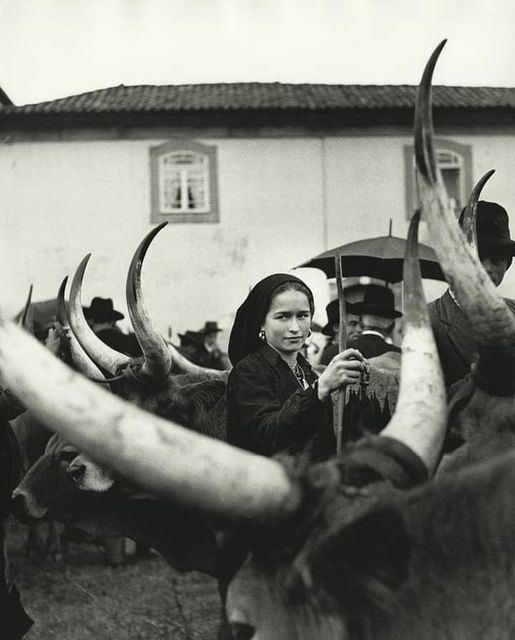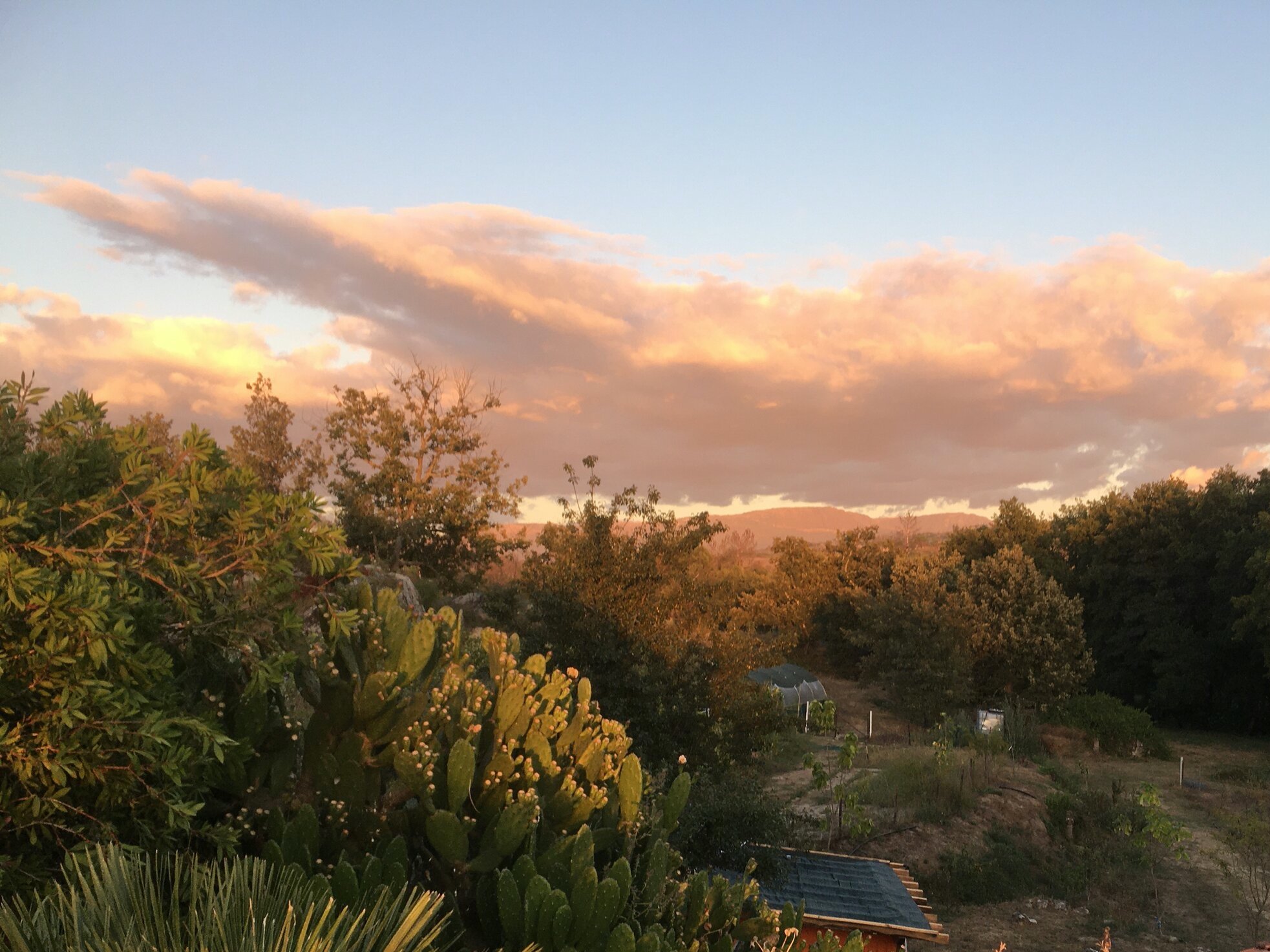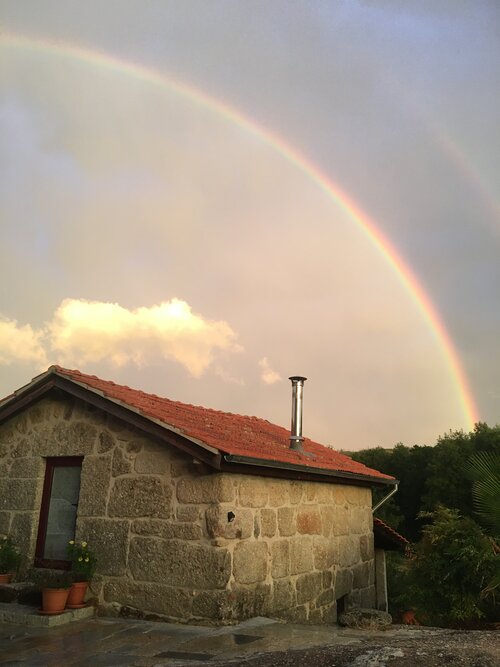
The young woman captured in the photograph seems inextricably bound to the rural landscape of the Quinta do Cobral—a farmstead defined by its terraced fields, centuries‑old stone walls, and architecture that quietly conveys endurance. Her identity remains unknown, yet her presence evokes a domestic life shaped by bread ovens, smoke‑blackened chimneys, and the warmth of animals sheltered on the ground floor of the dwelling. Despite her youth, she belongs effortlessly to a historical atmosphere that survives in the very materials of the place. The photograph was taken in 1957.
Today, October 15, marks the International Day of Rural Women. Those who devote attention to this specific group—often more vulnerable than most—should also consider the images chosen to speak on their behalf. As we know all too well, in our present climate, a message rarely gains traction unless it is accompanied by a winsome figure, a touch of naiveté, something informal and easy to like, or perhaps a striking black‑and‑white photograph—or, at best, a pleasing image in color, graceful and charming. Without such devices, few will look twice.
This principle seems to have guided the choice of the image that illustrates today’s observance. One hopes that its message, modestly hopeful, might reach these women without clamor or haze—clear as a cold dawn in the Sahara. Because together, we may well transform the lives of many. Because they may need us, perhaps, to step beyond cycles of dependence, isolation, and vulnerability in rural landscapes across the world.

The rural environment is small, enclosed. Social expectations and the pressure to conform to local norms can be intense, generating an atmosphere that, though familiar, can also become stifling. In places where everyone knows everyone, conflicts flare over the smallest of grievances; tensions simmer; dissonances of every kind emerge. And just as bitter enmities can arise over a trifling matter, so too can violent, ungovernable affinities—yes, passions—take hold, whether among neighbors, women, men, or any constellation thereof. There is no space here for all possible combinations; you will have to forgive me that omission.
Those who know me are aware that I have spent a lifetime in the field of visual communication. And yes, I might have chosen a different photograph to mark such a day. On a purely formal or sensory level, so much horn and antler pierces the soul and rends the memory. Symbolically, I prefer—as they once said in the nineteenth century—to draw a pious veil over rural souls tormented by the unsettling aromas of a neighbor’s stew.

Quinta do Cobral lies in Portugal, in the central‑northern region of the country. It is not a place known to tourists. The name refers to a type of traditional Portuguese rural estate—a quinta—and Cobral is a small village in the municipality of Sátão, district of Viseu, in the region of Beira Alta. Such estates often carry centuries of history: structures built in stone, agricultural terraces, and ancient irrigation systems. No one can say precisely when this quinta was built, but it is generally assumed to be no less than three hundred years old.









Comments powered by Talkyard.